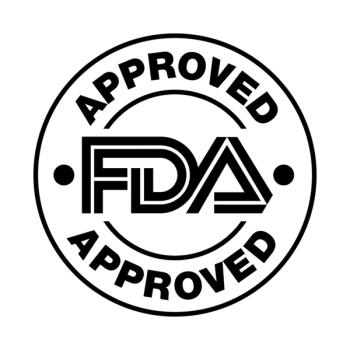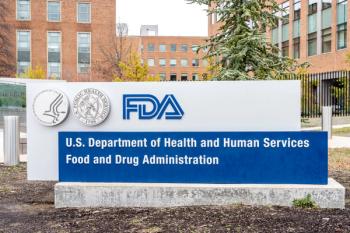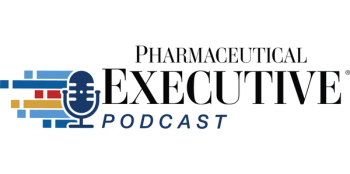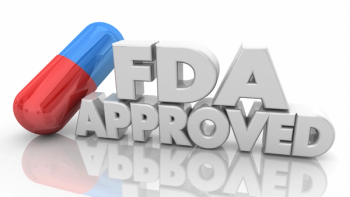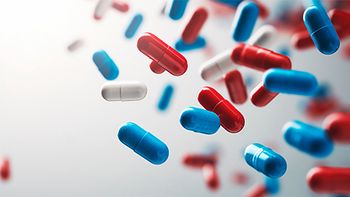
Global Biosimilars Market to Reach $2.4 Billion in 2013
The global market for biosimilar drugs has been forecasted to be worth $2.445 billion this year, according to a new report by British market research specialist Visiongain
The global market for biosimilar drugs has been forecasted to be worth $2.445 billion this year, according to a new
The report predicts that the biosimilar monoclonal antibodies (mAbs) and insulin submarkets will see the fastest growth, with these products making up 57% of the global biosimilars market by 2023. Last year itself, South Korean biotech firm Celltrion and Hospira, a US-based pharmaceutical company, submitted regulatory filings to the European Medicines Agency (EMA) seeking for approval of their biosimilar version of the mAb infliximab. Visiongain anticipates that these products will be launched in the EU in 2014.
The mAbs have the strongest R&D pipeline in the biologics market according to the report. In fact, we can expect to see a range of next-generation technologies pushing mAb therapeutics into newer areas such as solid tumours, cardiovascular and neurological disorders.
There is also major growth opportunity for biologics in the treatment of diabetes. New fusion proteins are set to join Novo Nordisk’s insulin degludec (Tresiba), which is a new-generation basal insulin with ultra-long duration of action of more than 42 hours, as well as other novel insulins on the market in the near future.
However, mAbs and insulins are not the only biosimilar submarkets projected to experience growth. Biosimilar erythropoietins and filgrastim products are already available in several developed markets, including the EU and Japan. Despite the limited revenues achieved with biosimilar erythropoietins and filgrastim products compared to their reference biologics, Visiongain believes that the launches of these biosimilar products in the US will drive further growth from 2014 onwards, as will the worldwide introduction of second-generation filgrastim (pegfilgrastim) and epoetin alpha (darbepoetin alpha) biosimilars.
Pharmaceutical industry analyst James Evans commented in a
Evans added that the next big shift would be when biosimilars begin to penetrate the market. “Once the EU’s new regulatory pathway for biosimilars has been established, we can expect the major markets to be inundated with biosimilars and biobetters. The entry barriers for bio-manufacturing and bio-processing have been greatly reduced, and even the suite of technologies that built the mAb market, from phage display to transgenic mice, are now off-patent and accessible to any company that’s interested. And biologics are going to become so prevalent that every major company will be interested in having a stake in that expanding market.”
Richard Lang, a pharmaceutical market analyst at Visiongain, said in another
However, commercializing biosimilars is as challenging as developing them. Companies will need to brand and market their biosimilars in a similar way to novel drugs, engaging key stakeholders such as doctors, health care payers and patients, to achieve high market penetration.”
Emerging markets, particularly China and India, have been leaders in biosimilars, accounting for the majority of global revenues for biosimilars in 2012, whereas the EU, US and Japan made up 20% of the market last year. But for the next 10 years, Visiongain predicts that the developed markets will see faster growth than the emerging markets, driven by patent expiries on blockbuster biologics during 2013 to 2017.
Newsletter
Lead with insight with the Pharmaceutical Executive newsletter, featuring strategic analysis, leadership trends, and market intelligence for biopharma decision-makers.

